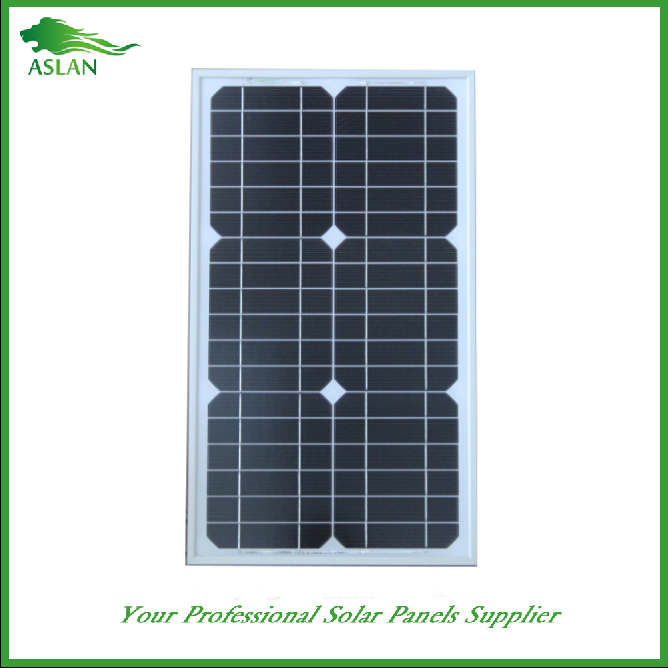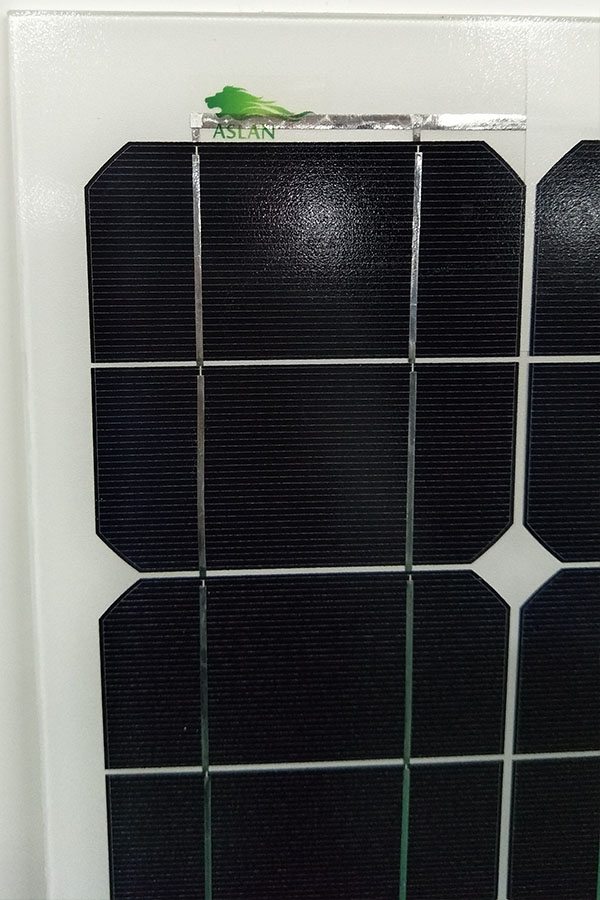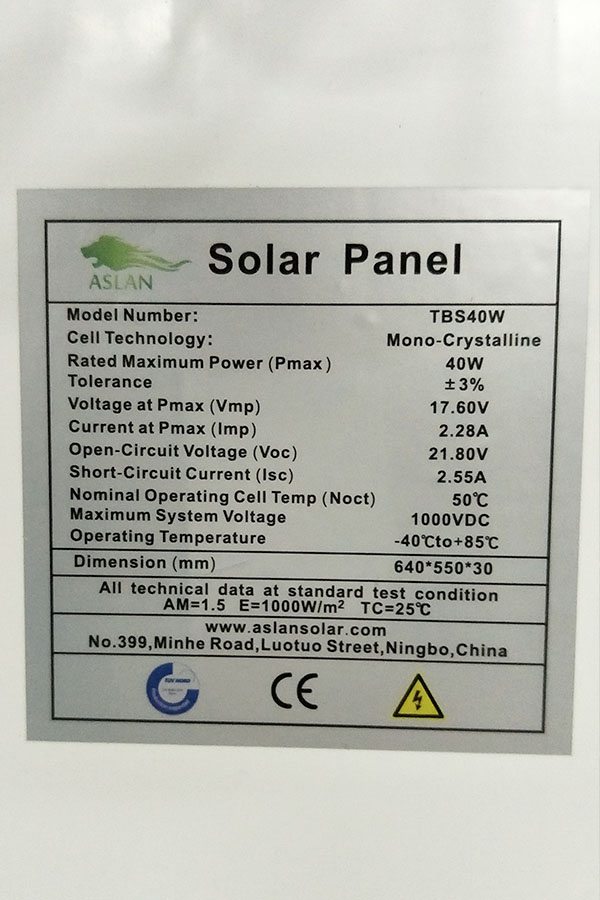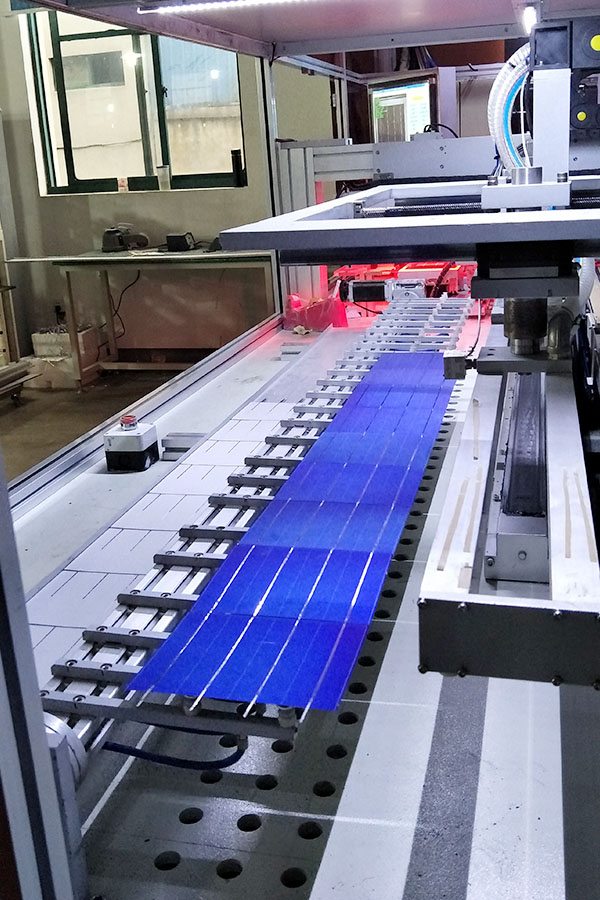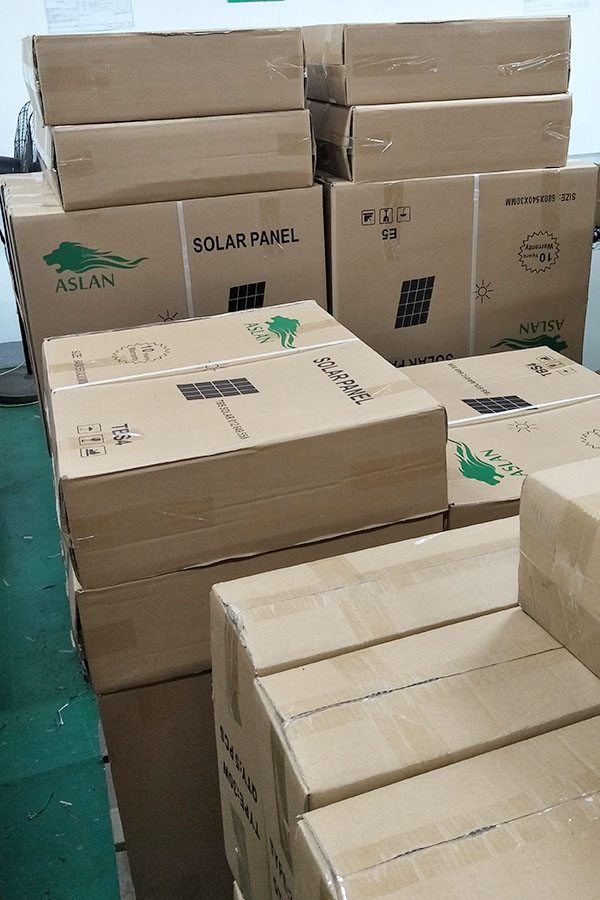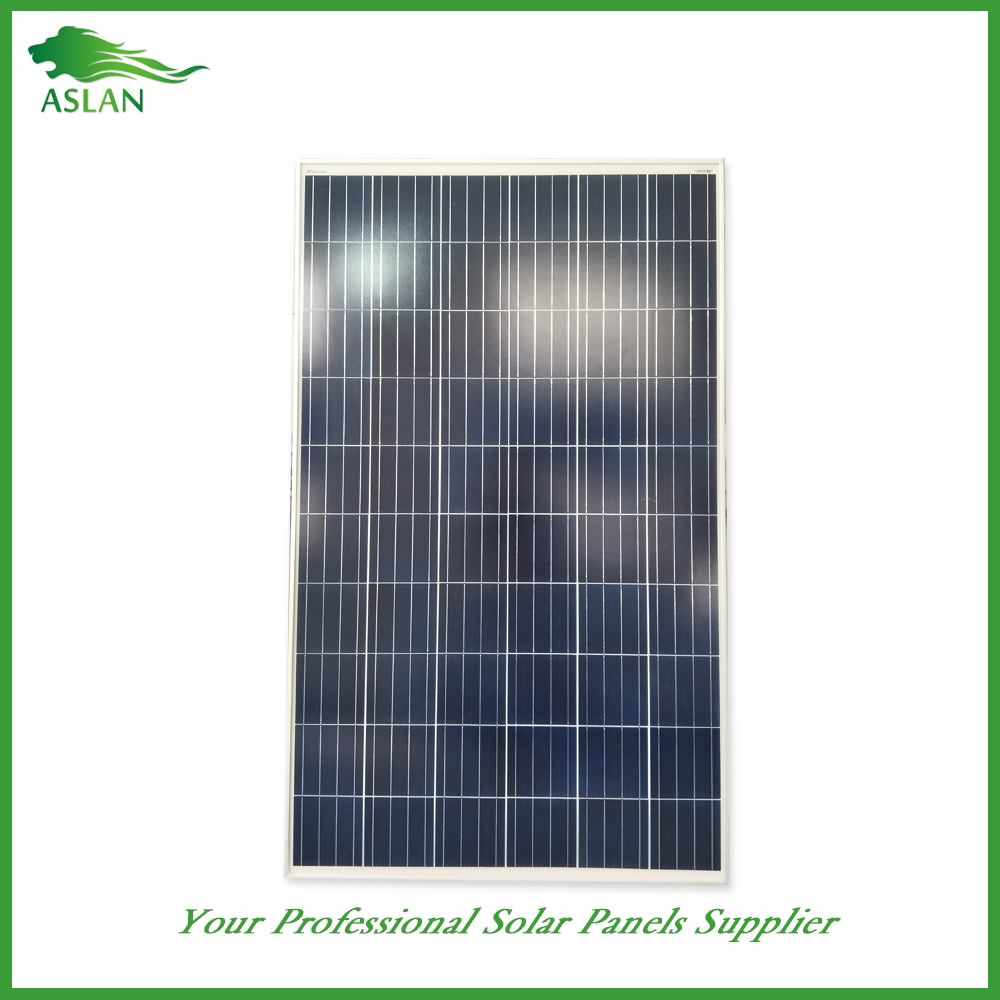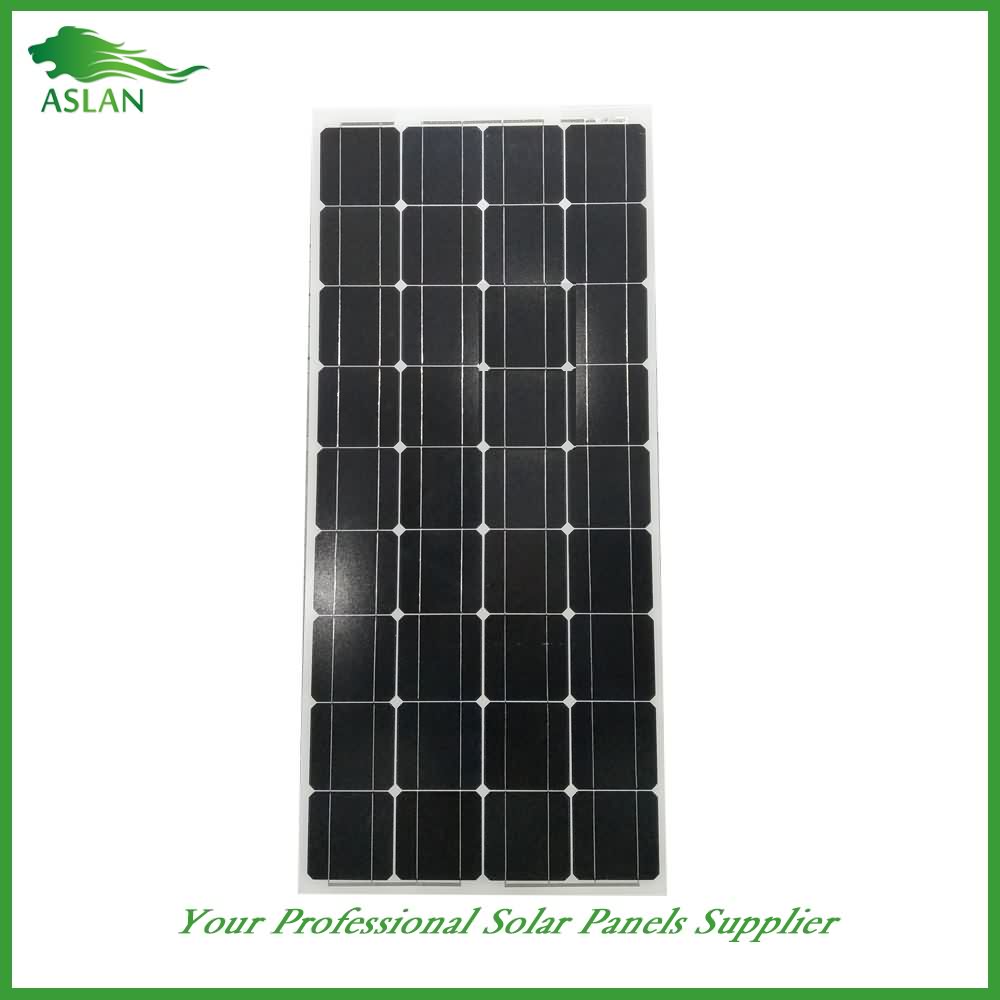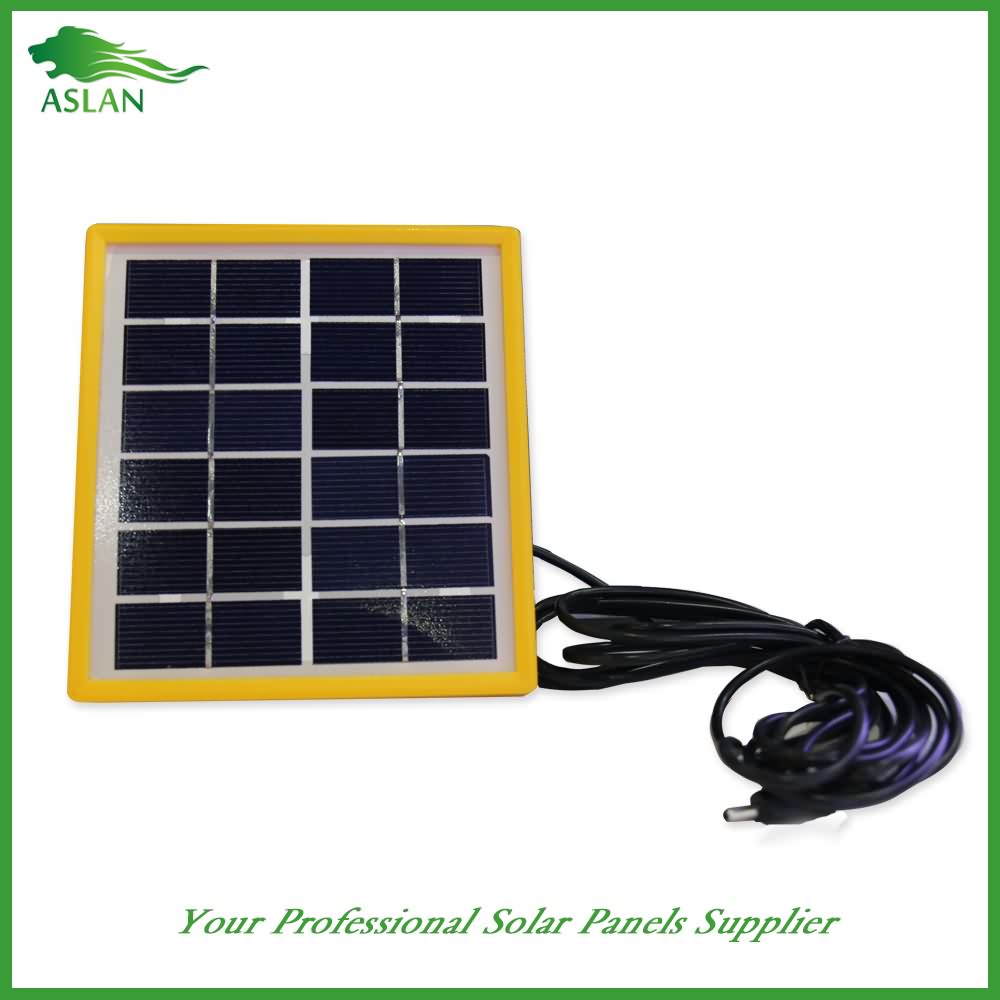16 Years manufacturer Mono-Crystalline 30W Solar Panel Export to Maldives
Short Description:
Every member from our high efficiency sales team values customers' needs and business communication for 16 Years manufacturer Mono-Crystalline 30W Solar Panel Export to Maldives, we are now looking forward to even greater cooperation with overseas customers based on mutual benefits. If you are interested in any of our products, please feel free to contact us for more details.
Mono-Crystalline 30W Solar Panel
Technical parameter
Maximum Power(W) 30W
Optimum Power Voltage(Vmp) 17.66V
Optimum Operating Current(Imp) 1.71A
Open Circuit Voltage(Voc) 21.39V
Short Circuit Current(Isc) 1.88A
Mechanical Characteristics
Cell Type Mono-crystalline 125×41.6mm
No of Cell 36 (4x9pcs)
Dimensions 449x554x25mm
Weight 2.8Kg
Front Glass 3.5mm,High Transmission, Low Iron,Tempered Glass
Junction box IP65 Rated
Output Cable TUV 1×4.0mm2/UL12AWG,Length:900mm
Temperature and Coefficients
Operating Temperature(°C): -40°C ~ + 85°C
Maximum System Voltage: 600V(UL)/1000V(IEC) DC
Maximum Rated Current Series: 15A
Temperature Coefficients of Pmax: -0.47%
Temperature Coefficients of Voc: -0.389%
Temperature Coefficients of Isc: 0.057%
Nominal Operationg Cell Temperature (NOCT): 47+/-2°C
Materials of solar panel
1).Solar Cell——Mono-crystalline solar cell 125*41.6mm
2).Front Glass——-3.2mm, high transmission, low iron, tempered glass
3).EVA——-excellent anti-aging EVA
4).TPT——-TPT hot seal made of flame resistance
5).Frame——anodized aluminum profile
6).Junction Box——-IP65 rated, high quality, with diode protection
Superiority: high quality anodized aluminum frame, high efficiency long life, easy installation, strong wind resistance, strong hail resistance.
Features
1. High cell efficiency with quality silicon materials for long term output stability
2. Strictly quality control ensure the stability and reliability, totally 23 QC procedures
3. High transmittance low iron tempered glass with enhanced stiffness and impact resistance
4. Both Poly-crystalline and Mono-crystalline
5. Excellent performance in harsh weather
6. Outstanding electrical performance under high temperature and low irradiance
Quality assurance testing
Thermal cycling test
Thermal shock test
Thermal/Freezing and high humidity cycling test
Electrical isolation test
Hail impact test
Mechanical, wind and twist loading test
Salt mist test
Light and water-exposure test
Moist carbon dioxide/sulphur dioxide
I made this video to help people out who want a solar generator and plan to shop online but dont know much about solar power. There are a lot of really good generators out there. However, you have to know how to “read between the lines” in order to filter out the generators that may sound like what you want but are not.
Below is a link to a .pdf I made fore you that outlines the solution I am talking about in the video. I will also post it here in the description but it may not be as easy to read.
Click here to download the .pdf on the solution I spoke about in the video: http://preppingover50.com/outline.pdf
Or
I. Make a list of everything you want to run on the system in a 24 hour period
II. Watch my videos on how to size your system and find out the following information
A. What is the maximum rated wattage on all the stuff you want to run at the same time at any given point? (Inverter Continuous Watts = ___________)
B. How many Watt Hours will all of the things you want to run in a 24 hour period demand from your system? (Battery Bank Size or Capacity = ___________)
C. Size of solar panel array needed? ____________
III. Go to the solar power generator online stores or call and find only the following information:
A. Inverter continuous wattage and compare what you need (see what the surge watts are as well)
B. Battery bank capacity in watt hours (volts x amp hours = watt hours)
C. Solar panel array rated wattage
NOTE: If systems all cost too much, you may have to adjust what you want to run on the system or not run at the same time. Then recalculate what your needs will be.
IV. Once you have filtered out which systems will not work, go back the list and find out the following
A. Brand name of inverter and if it is pure sine wave (research what pure sine wave is and research reviews for quality of brand)
B. Brand name of battery (research reviews for quality). Find out what kind it is to see if it can be run indoors (You might research AGM batteries as well as lithium)
C. Find out the brand name of the solar panels (research reviews for quality). Find out if they are using monocrystalline or polycrystalline panels and research the kind you would prefer.
D. Find out the brand name of the charge controller (research reviews for quality). We have assumed all along that the controller will work with the system. Watch other videos on this is you want to learn more.
V. Finally, the last step is to go back to the sites that have the generators you like and read most of what they have to say about them. You can read about shipping costs and warrantees, available help on the phone should you need it etc… Also, if it is large generator, you may want to ask how hard it is to hook up and if hiring an electrician is recommended. This will be an additional cost.
I am not an electrician. Solar power is just a hobby for me. Check with an electrician for technical questions or call a solar power generator company you trust.
Goal Zero Yeti 400 running a Harbor Freight 100 psi air compressor and charging a Kindle Fire while being charged with a HQST 100 watt solar panel. The Yeti was full and the compressor was empty. The compressor took about 4 minutes to fill. The battery level on the Yeti did not drop, although it continued to take charge for several minutes after the compressor stopped. The panel put out a max charge of 77 watts, which isn’t too bad for March in the Pacific NW of the USA.
